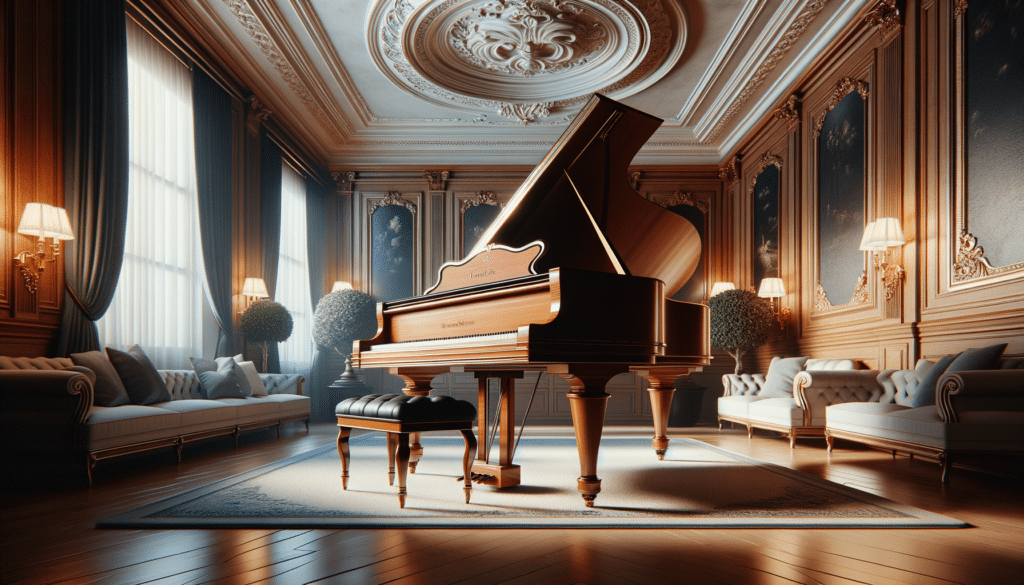The Evolution of Pianos: From Harpsichords to Modern Marvels
The piano’s journey began in the early 18th century with Bartolomeo Cristofori, an Italian instrument maker who sought to improve upon the harpsichord. Unlike its predecessor, the piano allowed for dynamic expression, enabling musicians to play both softly and loudly, thanks to its innovative hammer mechanism. This development marked a significant leap in musical expression, paving the way for the piano’s evolution into the versatile instrument we know today.
Throughout the 19th century, pianos underwent substantial changes. The introduction of the iron frame allowed for greater string tension, producing richer and more resonant sounds. This period also saw the rise of the upright piano, a more compact version that made the instrument accessible to a wider audience, fitting snugly into homes and public spaces alike. By the 20th century, pianos had become central to various music genres, from classical to jazz and beyond.
Today, pianos continue to evolve, incorporating digital technology to offer an array of sounds and effects. Digital pianos, for instance, provide the feel of an acoustic piano with the added benefits of portability and volume control. This evolution reflects the piano’s ability to adapt to changing musical landscapes while maintaining its fundamental charm and appeal.
The Allure of Grand and Upright Pianos
When considering a piano, one must choose between the grand and upright models, each offering unique benefits. Grand pianos, with their horizontal strings and large soundboards, are often associated with concert halls and professional musicians. Their design allows for a wider range of tonal expression and dynamic control, making them a favorite for those seeking a powerful, immersive playing experience.
In contrast, upright pianos, with their vertical strings, are more compact and suited for smaller spaces. Despite their size, they deliver impressive sound quality and are a popular choice for homes and educational settings. Upright pianos are often more affordable and require less maintenance, making them accessible to a broader audience.
Both types of pianos offer distinct advantages, and the choice often depends on personal preferences and practical considerations. Whether it’s the majestic presence of a grand piano or the space-saving charm of an upright, both models continue to captivate musicians and enthusiasts alike.
The Cultural Impact of Pianos in Music and Society
The piano has left an indelible mark on both music and society, serving as a cornerstone for countless compositions and performances. Its versatility allows it to cross genres, from the classical works of Beethoven and Chopin to the jazz improvisations of Duke Ellington and Thelonious Monk. The piano’s ability to convey a wide range of emotions makes it a favorite among composers and performers.
Beyond its musical contributions, the piano has also played a role in social and cultural contexts. In the 19th century, pianos became a symbol of social status and education, often found in the homes of the middle and upper classes. They provided a means for family entertainment and social gatherings, fostering a sense of community and cultural enrichment.
Today, pianos continue to inspire creativity and innovation. They are integral to music education, helping students develop skills in rhythm, harmony, and expression. The piano’s enduring presence in music and society underscores its importance as both an instrument and a cultural icon.

